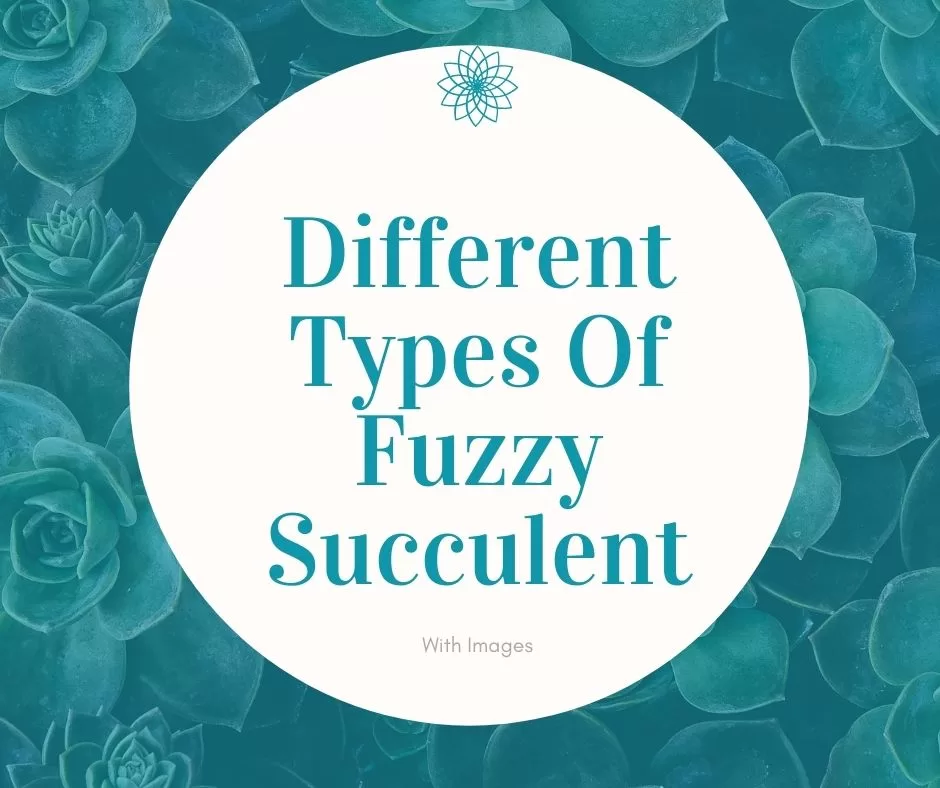Fuzzy succulents are among the most beloved plants today. Especially during the pandemic where people are compelled to stay at home, they turn to a new hobby. So, it is not surprising to see that in recent months and years, there has been a surge in demand for succulent plants.
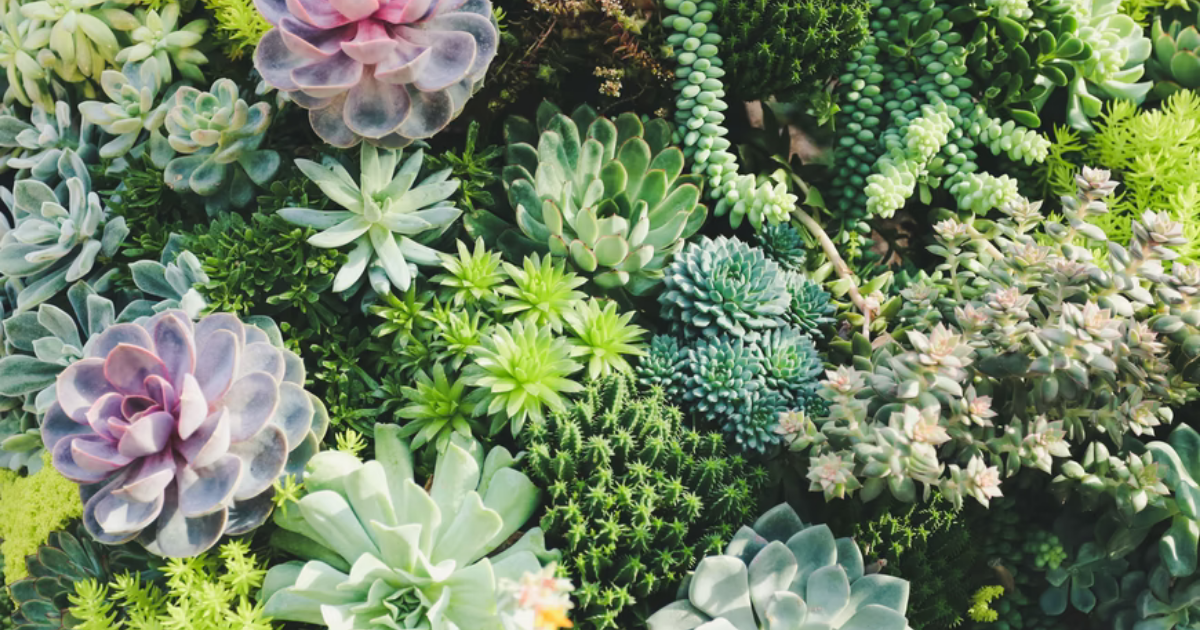
Succulent plants come in various shapes and forms. But for the purpose of this post, let us specifically talk about the different types of fuzzy succulents. We will be adding vivid images as well to ensure you’ll easily visualize what we are talking about.
Types Of Fuzzy Succulent
What are fuzzy succulent plants?
Before we go to our list, let’s have a quick review.
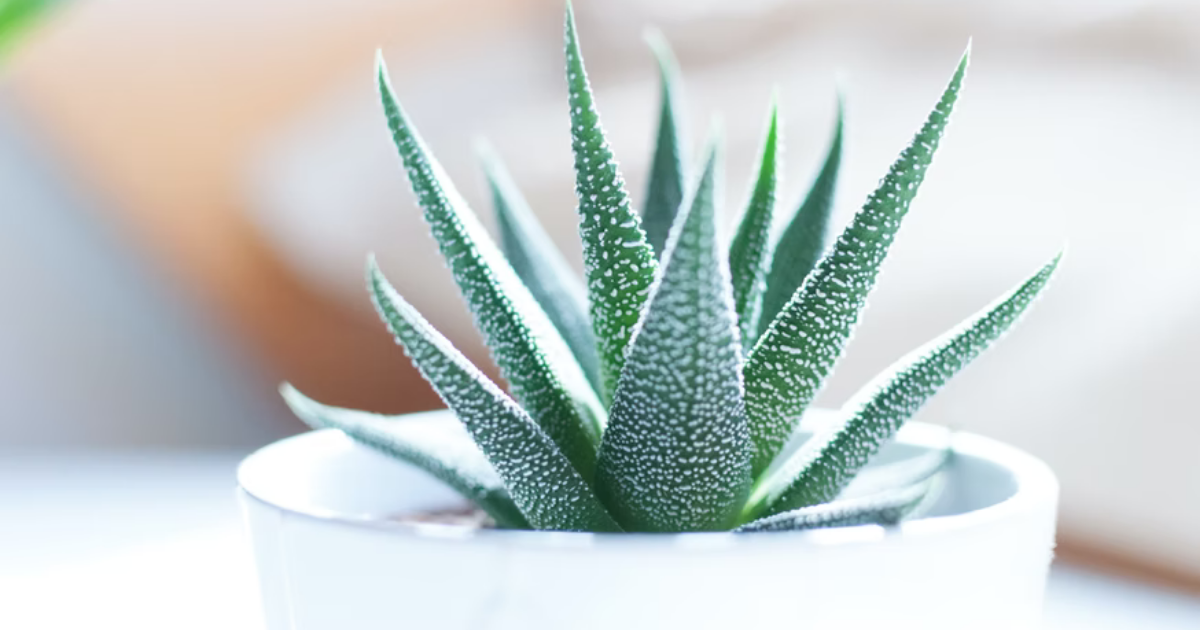
The succulent plant is a term that broadly applies to plants with thick, flesh-like tissues that are primarily used for water storage. So, by definition, cacti and agaves are succulent plants.
There are succulent plants that store water in their stem while others have small or no leaves at all.
According to some estimates, succulent plants are divided into more than 60 plant families. Thus, it is not difficult to see why there are different types of them.
Why are some succulent plants fuzzy?
Fuzzy succulent plants are those types of succulent plants with hair-like structures on their stems and leaves. They look and feel soft and velvety.
The fuzziness of the succulent serves as protection from direct sunlight, extreme cold, insects, animals, and other elements.
Why are fuzzy succulent plants popular?
Succulent plants are popular because they can withstand extreme weather. They can thrive with little water and sunlight. They are often small, making them a great plant for people who don’t have large space.
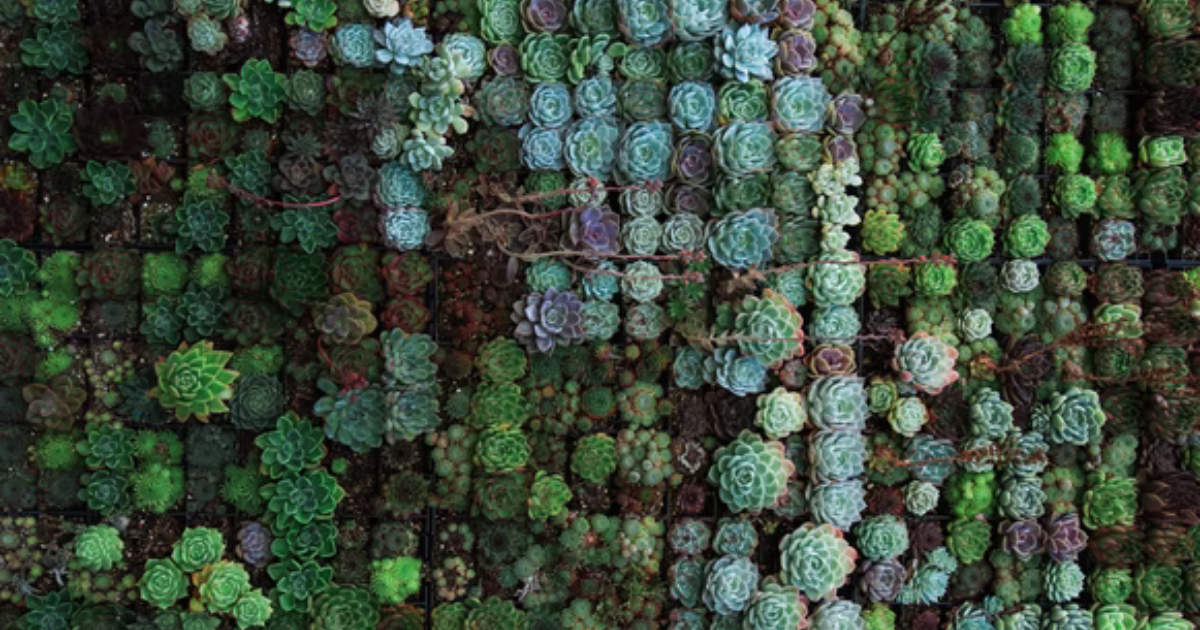
Moreover, succulent plants don’t need a lot of maintenance. You don’t need to water them every day, do frequent pruning, and check for pests or diseases.
Propagating succulent plants is easy as well. You can simply take a leaf, stem, or offset and plant a new one.
On top of all these, fuzzy succulent leaves and plants are beautiful to behold. With so many types of these plants, it is easy to create a whole empire of them.
With that being said, let us now go through some of the best types of fuzzy succulents.

Panda plant
The panda plant is perhaps the most sought-after and popular type of succulent. It originally came from Madagascar and it belongs to the kalanchoe tomentosa genus.
Quick overview
Because of the thick leaves of the panda plant, it does not need regular watering. Through its tiny hairs, it looks and feels velvet.
The panda plant can grow as high as 1.5 feet. When the panda plant matures, it produces leaves and branches that may even grow below pot level. Thus, bigger panda plants are commonly displayed as hanging plants.
Panda plants can produce flowers. However, this rarely happens if you keep your panda plants indoors.
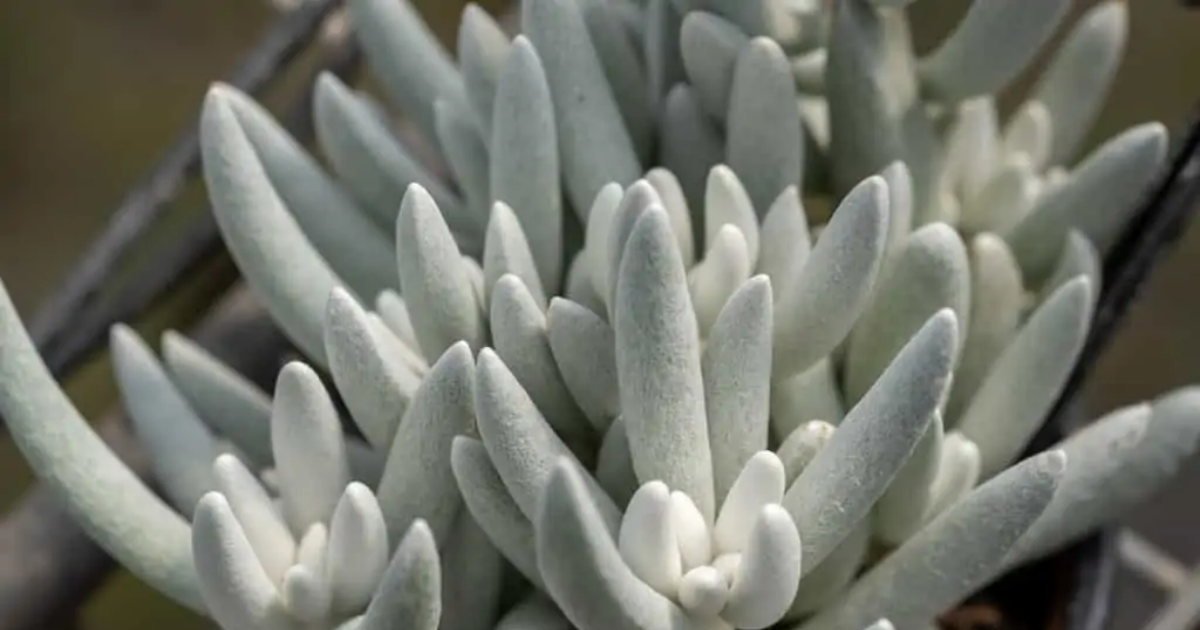
Senecio haworthii
Also known as cocoon plant, wooly Senecio, and kleinia tomentosa, the Senecio Haworthii is a South African native succulent. You might find it difficult to find a Senecio haworthii. Thus, if you see one, grab the opportunity to take it home.
Quick overview
Senecio haworthii is known to be the whitest succulent in the Senecio species. It is a small shrub with chunky and curved leaves.
The plant typically grows up to one foot in length and 2 feet in width. Together with its fuzzy surface, the Senecio Haworthii looks like a ball of powdery wool.
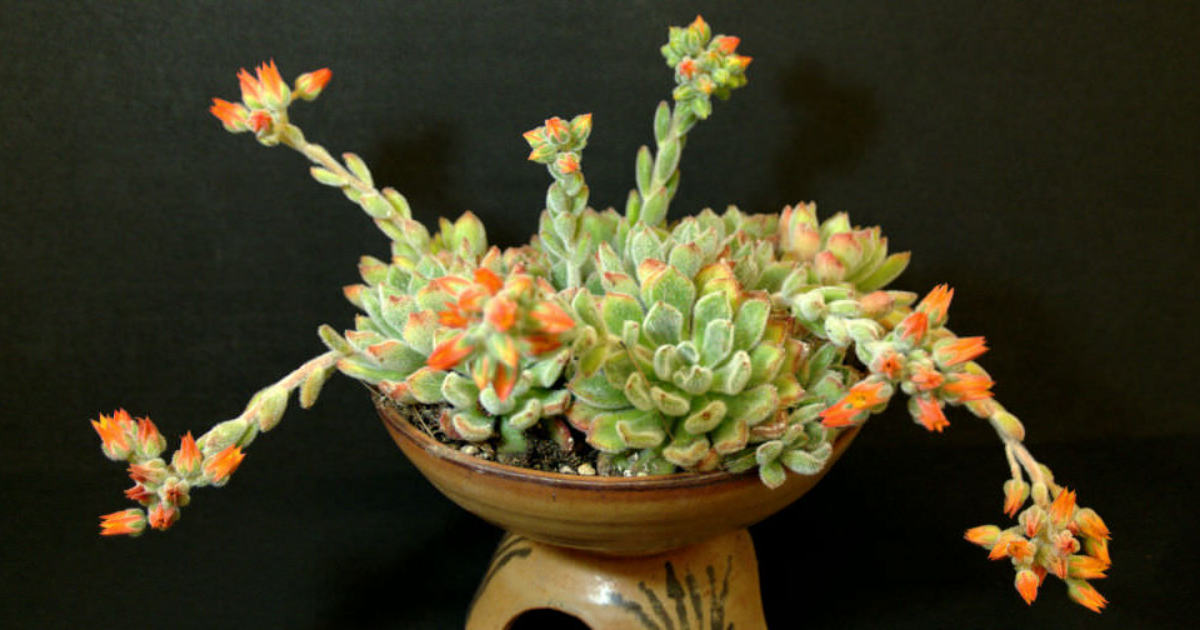
Woolly Rose
The Woolly Rose succulent is the common name of Echeveria ‘Doris Taylor.’ Once you have seen Woolly Rose, you’ll instantly love its unique look. It showcases rosettes of pale-green leaves covered by fine white hairs. The Woolly Rose looks more stunning once it produces its blossoming flowers.
Quick overview
If you wish your Woolly Rose to thrive, you need to position it in a place where it can receive morning light. If not, choose a place where it can partially be warmed by the sun.
Whenever you feel like the soil is dry, water it lightly until you can see it becomes a moist soil mixture.
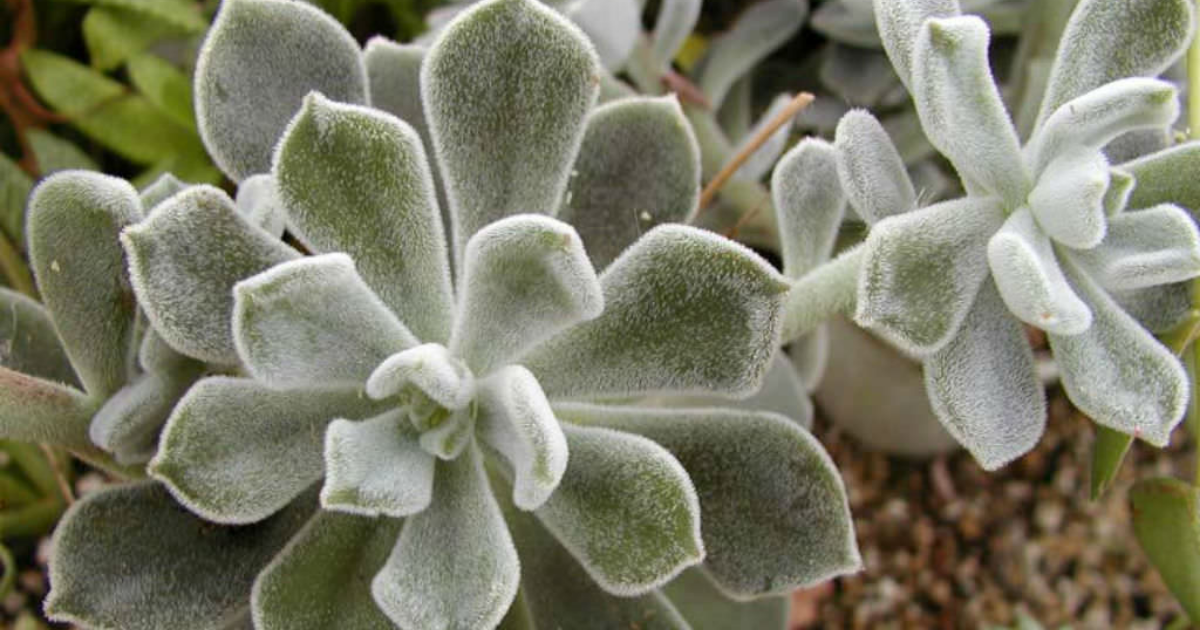
White Chenille Plant
The White chenille plant is known scientifically as Echeveria pulvinata var. frigida kimnach. It is also called ‘frosty’ and ‘Suave’ due to its white and silvery fuzzy color.
Quick overview
Native to Mexico, this succulent is shrubbery in appearance. It has thick leaves and on its tip includes small rosettes of green leaves that look like a spatula.
As a small plant, it can only grow as high as one foot. During late winter and spring, the white chenille plant blooms orange to yellow bell-shaped flowers.
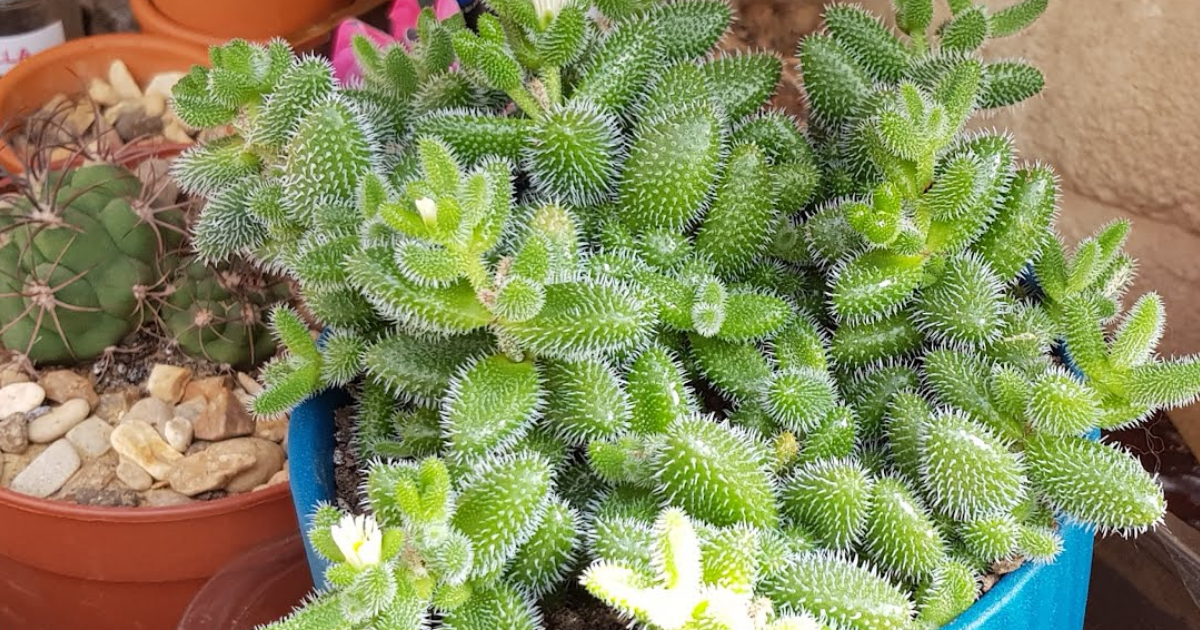
Pickle plant
The pickle plant, as its name suggests, looks like pickles. Its gherkin-shaped leaves are green and it has thorns and pointy hairlike structures. Though the thorns look sharp and pointy, you don’t have to worry because they are actually soft to touch.
Quick overview
Looking at these shrubbery plants, you’ll commonly see them growing low. However, it can grow up to one to two feet, even though it has thin and wiry stems. When spring comes, you’ll love how it produces small white or yellow flowers that look like daisies.
If ever you get mature plants, try to display them as hanging plants. You’ll love how they will look on your porch, garden, and even indoor rooms.
The pickle plant is part of the Delosperma echinatum family and is a native to South Africa. Choose a bright sunny spot if ever you want a place for these little babies. Because pickle plants are perennials, they can thrive in warmer climates. You can certainly keep it both inside and outside of your home.

Echeveria setosa (Arrow)
You can easily spot an arrow setosa by its long, skinny leaves. Combined with its beautiful red tips, it looks like an arrow pointing up to the sky. Hence, it is called the arrow echeveria setosa.
Quick overview
Because of the hairy surface of its leaves, it is also called Echeveria Red Velvet. The beauty of having arrow setosa is it can withstand a long period of not being watered. However, if you are just starting to grow a setosa arrow, it is recommended you give it regular water so that it can establish a stronger root system.
Once it is all grown up, the echeveria setosa arrow is super durable and perfect for people who are starting to collect succulents. You can even choose to expose it to full or partial sunlight.

Echeveria Setosa (Mexican firecracker)
Most succulent lovers would vote for this flower as the most beautiful succulent. It was so beautiful that it has received the Garden Merit by the Royal Horticultural Society.
Quick overview
You might wonder why this succulent plant is desirable when it doesn’t look extraordinary. It has 6-inch rosettes and does not have stems. It is made of leaves shaped like spoons. Well, the answer may shock you. You just have to wait until it produces flowers.
The Echeveria setosa is called “Mexican firecrackers,” which you would understand once you see its flower. It has these bright orange blooms exploding with beautiful colors. This is what makes the Mexican firecracker really remarkable.
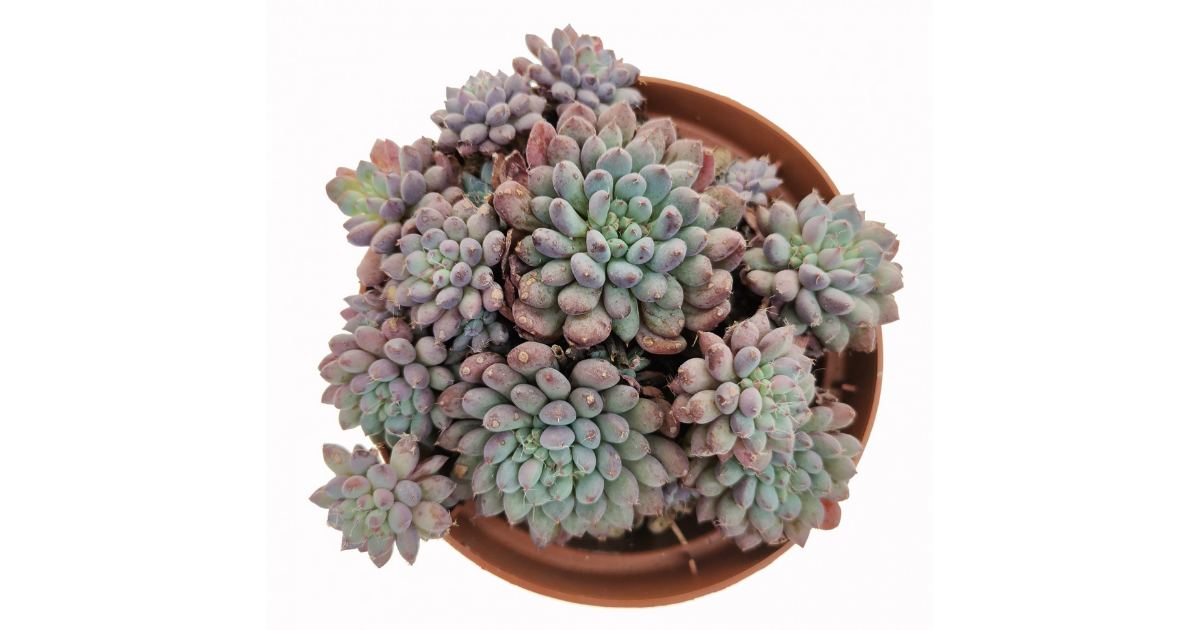
Echeveria Setosa Rundelli
The Echeveria setosa rundelli is also known as the Mexican Hens and Chicks. The reason is it usually has one or two big rosettes of spade-shaped, fleshy leaves. Then the rest are smaller rosettes that look like chicks around their mother hen.

Echeveria Setosa Deminuta
The Echeveria setosa deminuta produces bright yellow and red flowers, which led some to call it the “Firecracker plant.”
Quick overview
This evergreen succulent is beautiful to behold as it gives you these thick clusters of club-shaped leaves. In combination with light, white hair, and pigmentation, the deminuta gives off a sky blue-green color.
You can use the deminuta succulent plant to beautify your rock garden, windowsill, living room, and a lot more.

Kalanchoe Orgyalis
The Kalanchoe orgyalis is also known as the copper spoons and is native to Madagascar’s rocky plains and forests.
Quick overview
This one’s a peculiar succulent plant because it has bigger oval leaves. It has a lot of fine hairs that make it look velvety.
In its younger part of life, the color of the leaves is copper on top and silver underneath. Eventually, the whole leaves become silvery as the leaves age.
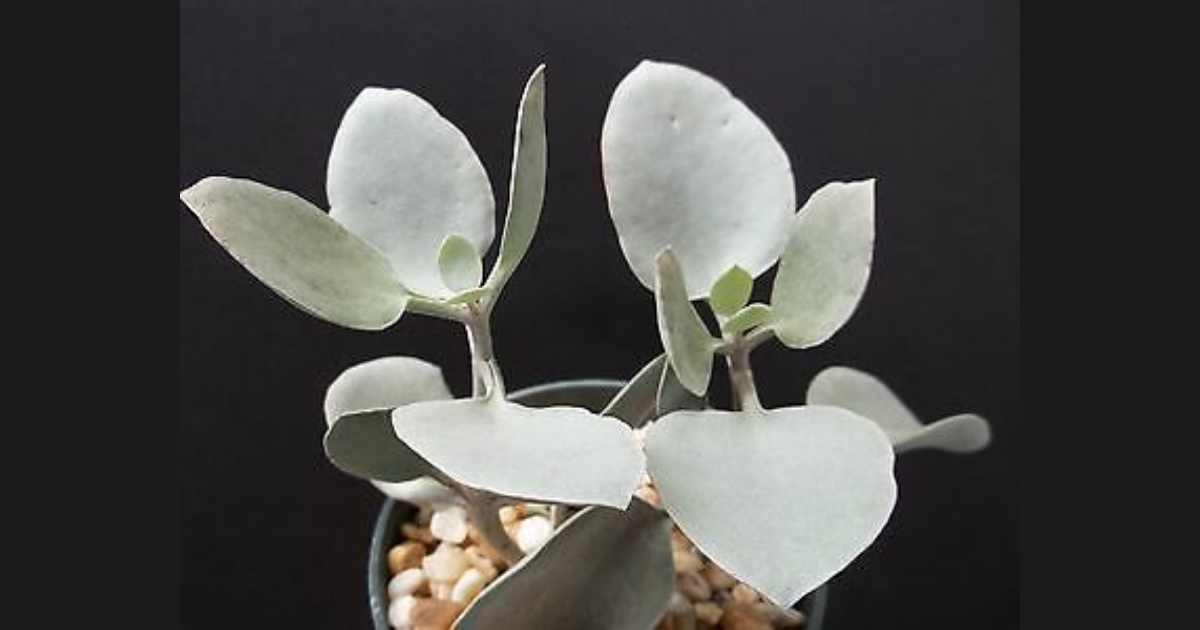
Kalanchoe hildebrandtii
The Kalanchoe hildebrandtii is also known as the silver teaspoon. It looks similar to the copper spoons. However, the silver teaspoon’s leaves are smaller and dominantly silver all throughout the year.
Quick overview
Another difference would be the flowers. The copper spoon produces yellow blossoms while the silver teaspoon produces pale green to white flowers.
The silver teaspoon succulent plant is a great addition to your group of plants as it gives a luminescent silvery-white color and adds a color variation to a group of green plants.
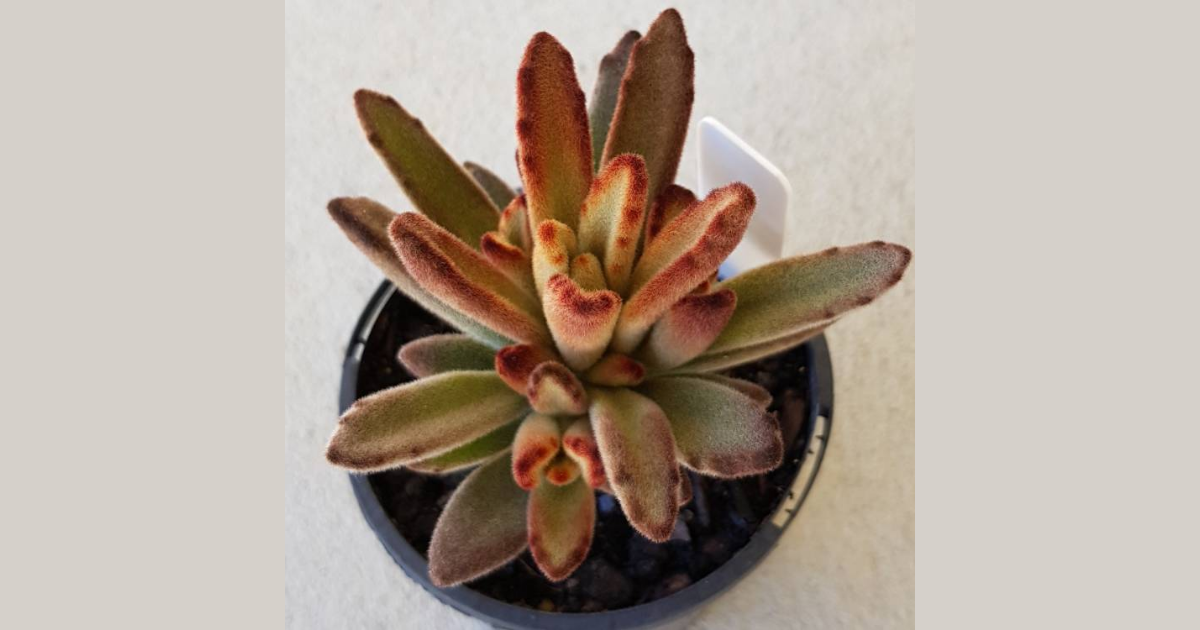
Kalanchoe tomentosa chocolate soldier
Kalanchoe tomentosa chocolate soldier is a great succulent plant that makes your garden even more colorful.
Quick overview
The chocolate soldier got its name from its cinnamon brown color. It is considered to be one of the panda plants from Madagascar.
The chocolate soldier has long and upright leaves. The color can be rusty red while others may have silvery green leaves with chocolate spots.
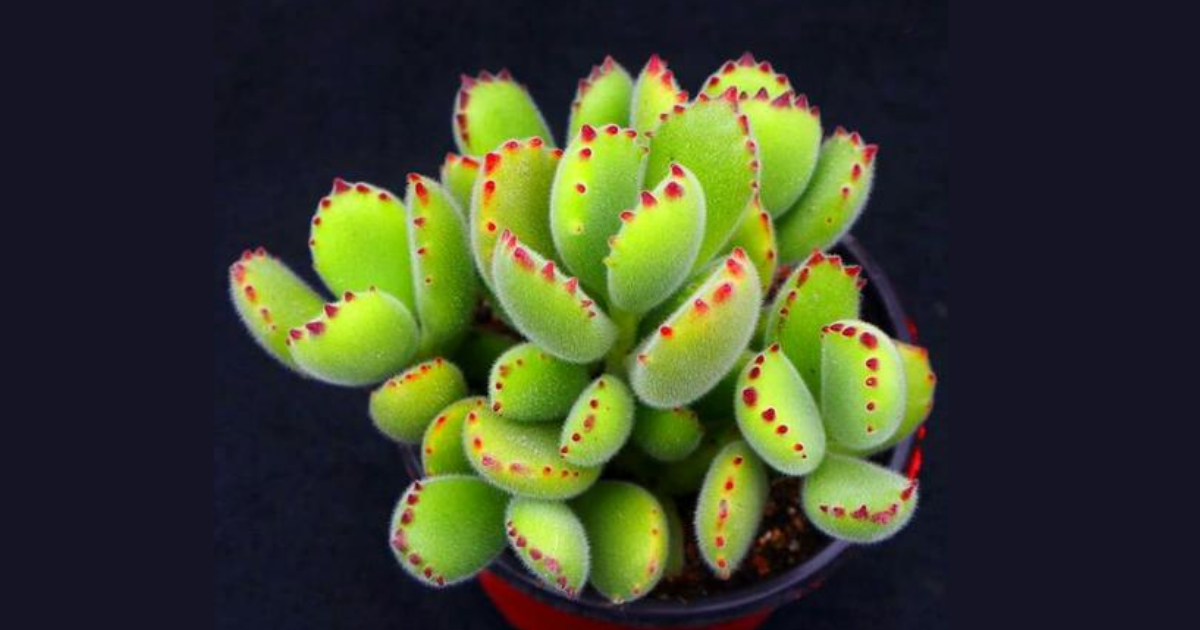
Cotyledon Tomentosa
When you look at this succulent, it looks like a paw of a cat or bear. That’s why it is often called bear’s paw or kitten’s paw. The cotyledon tomentosa is a native to Africa. It’s a shrublet that can grow up to 30-70 cm in height and 30-50 cm in diameter.
Quick overview
The cotyledon tomentosa has stems, flowers, and leaves. The leaves can be as big as a grapefruit or thumb. When you try to gently squeeze the leaves, it feels fatty and soft, just like squeezing a cat’s baby paw. It has a little red protrusion at the edge of the leaves, making it look like the leaves have claws.
Wait until spring and you’ll see its beautiful large and orange flowers shaped like a bell.
It’s worth noting that there’s a subspecies of cotyledon tomentosa — the ladismithiensis. It’s also called the cat’s paw. This subspecies is quite rare. The main difference between ladismithiensis to the common cotyledon tomentosa is their structure. The ladismithiensis can grow up to one meter in height. It has stronger branches, too.
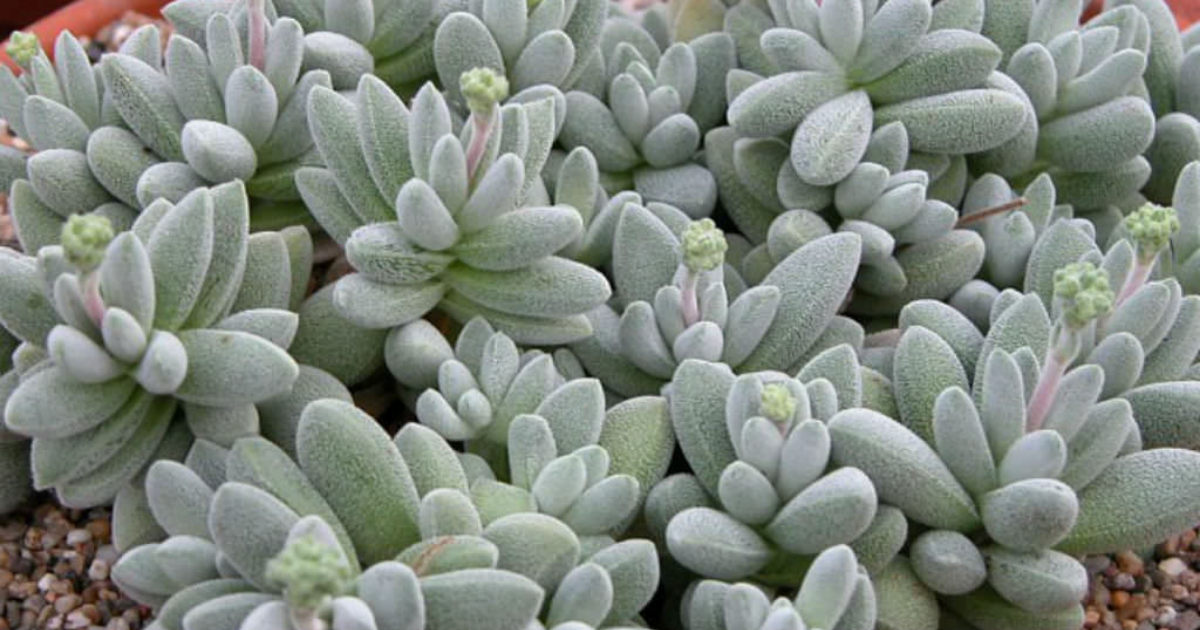
Crassula namaquensis
There are different types of crassula succulents and the crassula namaquensis is one of them.
Quick overview
This succulent is a dwarf shrub that only grows up to 100 mm high. Because it grows low, it has developed a stout base to support its clusters of leaves that are spirally arranged.
Among the succulent plants mentioned in this list, the crassula namaquensis is among the hairiest. Because of the color of its hair, the succulent would look blue-green to pale blue in color.

Crassula barbata
Crassula barbata looks like clamps with multiple shells. It is also known as the bearded leaf crassula because of its fine white hair. The plant forms a lot of rosettes of leaves. One rosette produces new leaves while keeping the old leaves on its stem.
Quick overview
In spring, the crassula barbata produces pinkish flowers. The flowers emerge from the center of the rosette of leaves. It has a tall flower stem.
Eventually, the flowering rosette will die. But before that happens, it has already produced basal rosettes as well for you to plant.

Crassula setulosa
The crassula setulosa looks like a lump of fleshy and hairy rosettes of oval leaves. This succulent is small, which can only grow up to 4 cm wide and 10 cm high. It gets bigger when you consider its flower.
Quick overview
The crassula setulosa produces flowers in summer. It first produces crimson buds, which bloom into reddish or white flowers. The flower would then turn into small capsules that eventually release fine dust of seed.
It’s quite astonishing to note that the crassula setulosa may vary greatly in its appearance. That’s why if you have a collection of these succulents, you might find how unique each plant could be even if they belong in the same family.
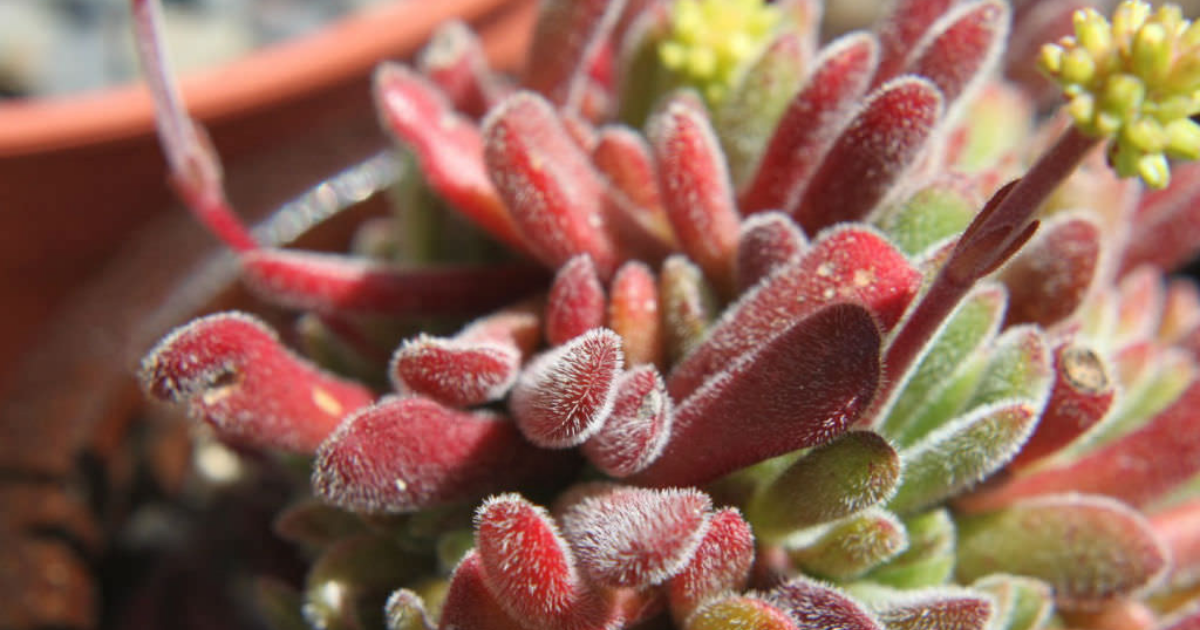
Crassula pubescens
The crassula pubescens looks like the hairy legs of a spider. It is semi-shrubby and can grow up to 30-70 cm tall. The leaves look like the petals of a flower. Remember to be gentle in handling crassula pubescens because it has fragile stems.
Quick overview
Not all crassula pubescens are the same. Some are corolla cream in color while others are pale yellow. The distribution of their hair may also vary. Some would have thick hair while others are thin.

Crassula sericea
The crassula sericea is a small perennial succulent. It can only grow up to 20 cm high. It would rather grow horizontally, which makes it look like rounded tufts that spread flatly.
Quick overview
The hair of this succulent is more concentrated on its edge. The leaves are flat and blunt. Its shape is like the dorsal fin of a shark. The color looks pale green and has a brown margin.
There’s a sub-species of crassula sericea known as crassula velutina. The main difference between the two is that the latter is smaller in size. The velutina can only grow up to 15 cm tall. The crassula velutina’s stems are short, but it has larger leaves than the sericea.
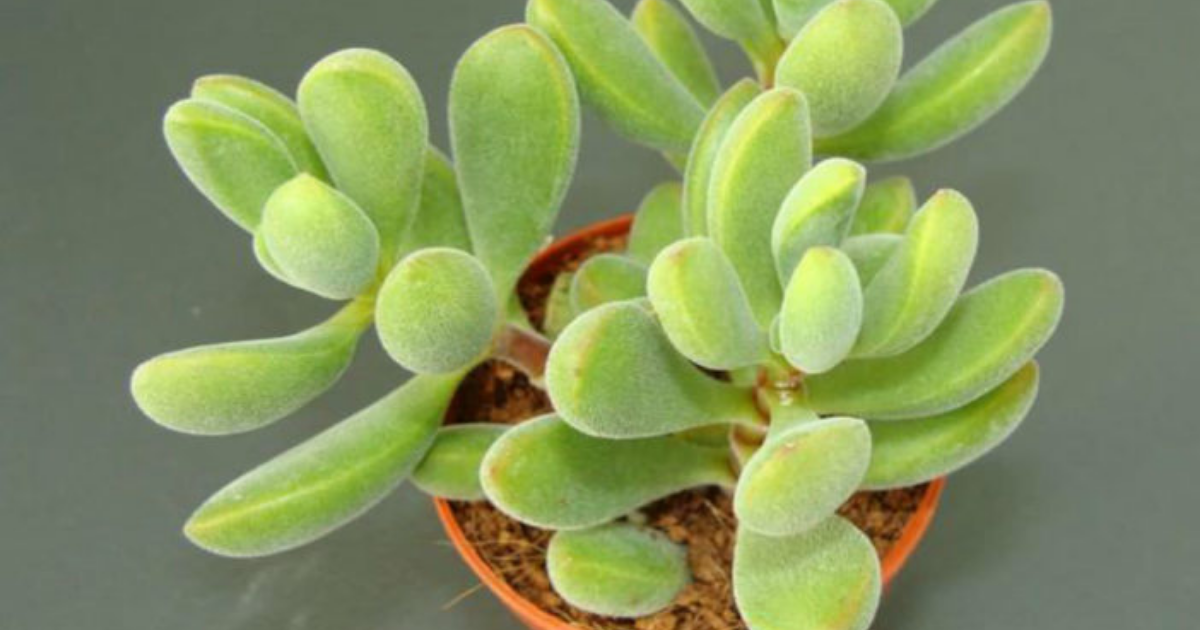
Crassula rogersii
The crassula rogersii has club-shaped leaves and quite unique leaf margins. The stem is fleshy and it has a red color. Because of the white hair growing on its leaves, the crassula rogersii looks velvety.
Quick overview
When you let it grow in its natural habitat, it can reach up to 15-30 cm in height. The plant stays green if you keep it in a shady area. However, it develops red tips on its leaves if you give it plenty of bright light.
The flower it produces looks like a tiny star with a prominent yellow color.
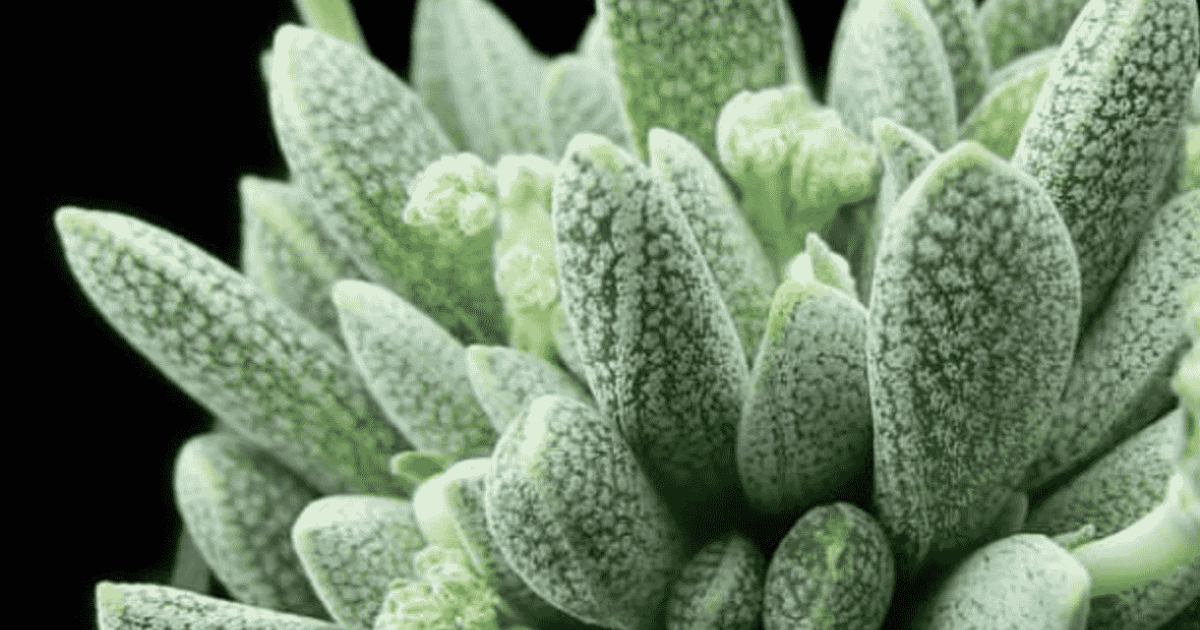
Crassula tecta
The crassula tecta looks like food if you ask a lot of people. It seems like creamy, greyish-green, and yummy baked goods waiting for you to bite.
Quick overview
This succulent plant is quite remarkable. If you look closely, it has scales that look like the scales you’ll find in a butterfly’s wing. The small but many scale-like structures on its leaves are actually ash-colored papillae.
As the crassula tecta plant grows, you’ll see how it produces clumps of low-lying leaves. The plant is small, which can only grow up to 6 cm wide and 5 cm tall.
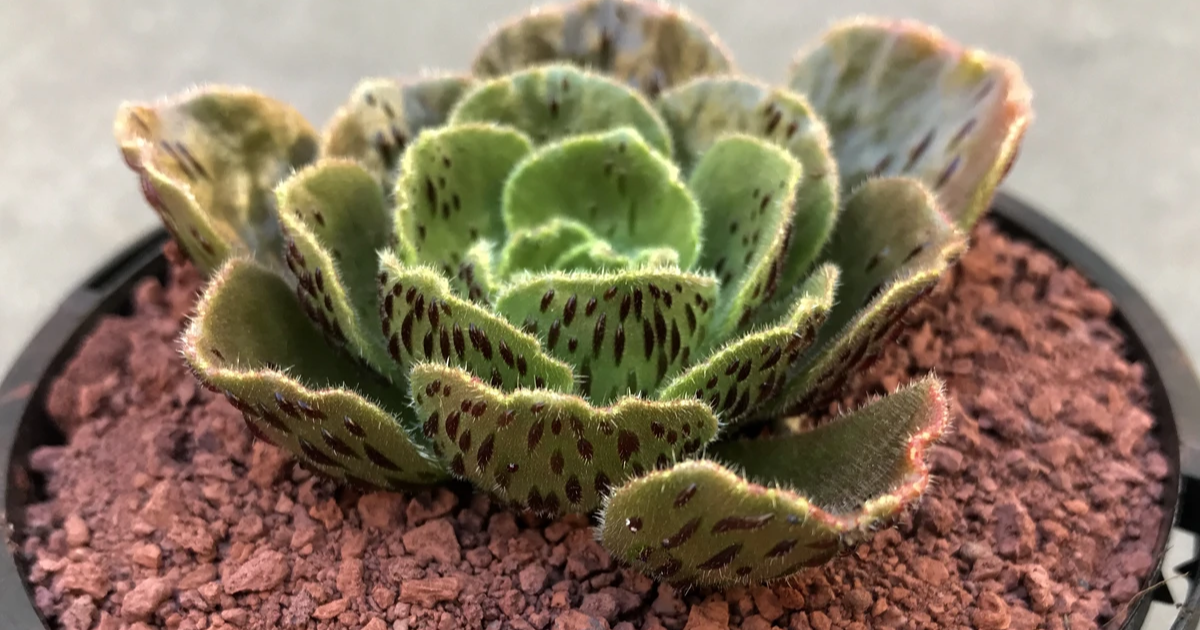
Aeonium smithii
Also known as Sempervivum smithii, the Aeonium smithii is distinguished from other aeoniums through the spotted underside of its leaves.
Quick overview
When the leaves fall off, the stem becomes more hairy and shaggy. However, as the stem grows old, it loses its hair.
Overall, the Aeonium smithii is spoon-shaped. It has a lot of soft hairs on its surface. The hair makes the upper leaves look velvety and glossy at the same time.
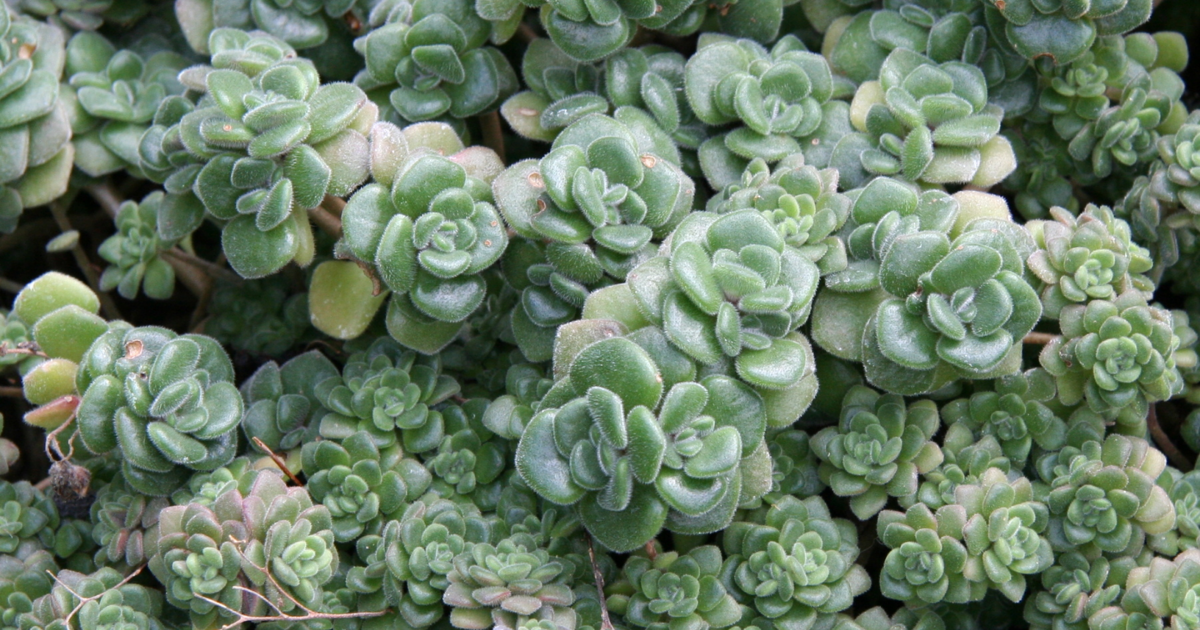
Aichryson tortuosum
The aichryson tortuosum is among the most commonly displayed succulents around the world. It is small and looks beautiful in various garden settings.
Quick overview
The stems grow readily forming dense mounds of leaves and tortuous branches. On its tip can be found thick rosettes of fleshy, crowded, and pubescent leaves. It also produces small, yellowish flowers, which feature about 7-8 petals.
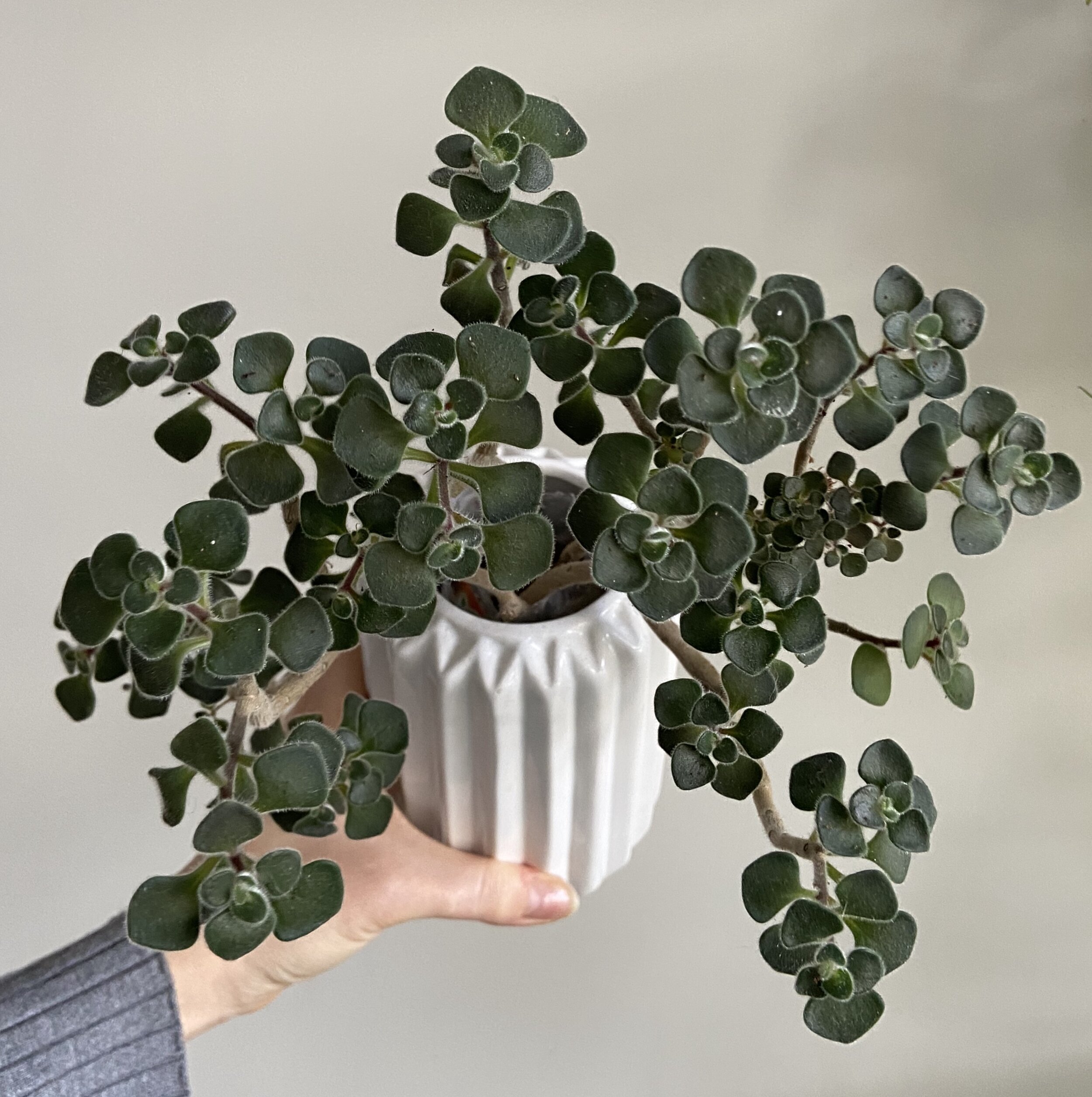
Aichryson laxum
Depending on the climate, the Aichryson laxum can be an annual or biennial plant. Technically, the aichryson laxum isn’t completely a succulent plant. It has some characteristics similar to herbaceous plants.
Quick overview
The plant produces flowers and unless the inflorescence is removed, the whole plant dies along with its flower. It grows easily like a weed, but it can easily die because of its fragile body.
It is worth noting that it is completely covered by soft hairs with a length of about 4 mm long. The leaves can be greenish or reddish, depending on the amount of sunlight it receives.
Choose your best fuzzy succulent plants
Isn’t it amazing how much beautiful and unique variation we see in nature? Who would have thought that there are a lot of fuzzy succulent plant types? Surely, there are a lot to choose from.
So, if you are looking for the right succulent plants, be sure to read about them here. Bookmark this page so you can easily return and check our list once again.
With that said, may you have the best collection of succulent plants!

